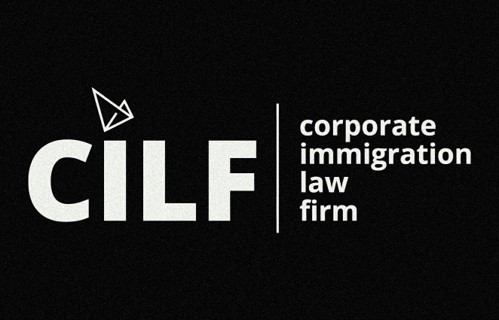Employers – Compliance Inspections Process and Broad Powers of Inspectors
Canada’s immigration legislation allows the government to inspect workplaces and require the provision of documentation to ensure that a foreign worker is provided with the pay and conditions that the employer said would be provided. This is applicable to both the Temporary Foreign Worker Program (“TFWP”), which requires a Labour Market Impact Assessment (“LMIA”), and the International Mobility Program (“IMP”), which is LMIA-exempt. Employment and Social Development Canada (“ESDC”) conducts inspections under the TFWP and Immigration, Refugees and Citizenship Canada (“IRCC”) conducts inspections under the IMP.
Employers of foreign workers under the TFWP and IMP are required to provide pay and conditions of work that are substantially the same but not less favourable than those stated in the application. These responsibilities are outlined in our post about employer compliance here: https://www.cilf.ca/2025/05/08/amps/.
Inspections can occur at any time during the six (6) years following the first day of the foreign worker’s employment period pursuant to a work permit.
Inspections can be triggered in three (3) ways:
- Random selection – approximately one (1) in four (4) employers will be randomly selected for inspection.
- If there is a reason to suspect non-compliance such as a complaint from an individual or a report in the media.
- If an employer has been non-compliant in the past.
For information about the documents an employer should keep for six (6) years in anticipation of an inspection, please see our post here: https://www.cilf.ca/2025/07/17/complianceinspections/.
Inspectors have very broad powers under the immigration legislation. For example, they are permitted to enter an employer’s property without a warrant to assess compliance.
Typically, an inspection is commenced by sending a notification to the employer that the company has been selected for inspection. The notification will list the documents that must be provided and may require specific actions that must be taken by the employer. The legislative authority providing the inspector with their powers and outlining the responsibilities of the employer will also be cited. A deadline to respond and provide the documents will be provided, which is usually two (2) weeks.
Inspections may only require the submission of documents, or they could involve on-site inspections. On-site inspections may result in consensual interviews with employees and the foreign worker(s). The Immigration and Refugee Protection Regulations (“IRPR”) provide inspectors the authority to perform audits without a warrant of locations where foreign workers are employed or provided housing accommodation. When the employment site is a dwelling-house, a warrant or employer consent is required. It is important to note that an employer may be non-compliant simply by not cooperating with inspectors, and/or not providing requested documentation.
According to section 209.8(2) of IRPR, on entry an officer may ask the employer and any person employed by the employer any relevant questions. However, we have routinely seen inspectors exercise this power to ask questions of employees, without a site visit and entry to premises. Inspectors also routinely will not disclose the questions they intend to ask or allow the employer or counsel to be present, to determine if the questions asked are in fact relevant. In these circumstances employers should consult an immigration lawyer to understand their obligations and risks.
After an inspection, the employer will be found to be either compliant or non-compliant. If an employer is determined to be non-compliant and in violation of the IRPR, the employer will receive a Notice of Preliminary Finding (“NPF”). The NPF must outline the violation and its surrounding circumstances, the applicable enforcement measure, and notify the employer that they have 30 days within which to provide written submissions.
The government states that the purpose of the employer compliance regime is to encourage compliance and not to punish employers. According to the IRPR, non-compliance may be justified when it is a result of a change in either federal or provincial laws, or to a collective agreement (e.g. changes in salary or minimum wage). When economic conditions impact all employees equally, non-compliance can also be justified. Good faith misinterpretation by the employer regarding their obligations to their foreign workers may be justified when the employer did, or made efforts to, provide compensation to all of the foreign workers disadvantaged by the error. Unintentional administrative errors and accounting mistakes may justify non-compliance when the employer subsequently rectifies the inaccuracy. When non-compliance is the result of force majeure (e.g. destruction of workplace through natural or unintended disaster), it may be justified.
When no justification relieves an employer’s non-compliance, a Notice of Final Determination (“NFD”) will be sent. The NFD will outline the violation and its surrounding circumstances. These circumstances may have changed from the NPF. The NFD will also outline the relevant enforcement measure, and, in the case of an administrative monetary penalty (“AMP”), how it is to be paid.
Further information about violations and AMPs can be viewed in our previous post here: https://www.cilf.ca/2025/05/08/amps/
If you have any questions about employer compliance with the IMP, TFWP, or inspections, you can reach out to us for assistance. Our Canadian immigration legal professionals can be reached by phone (416-368-1111) or via email: caruso@cilf.ca; bonisteel@cilf.ca; ali@cilf.ca; mukherjee@cilf.ca; garciafialdini@cilf.ca.

